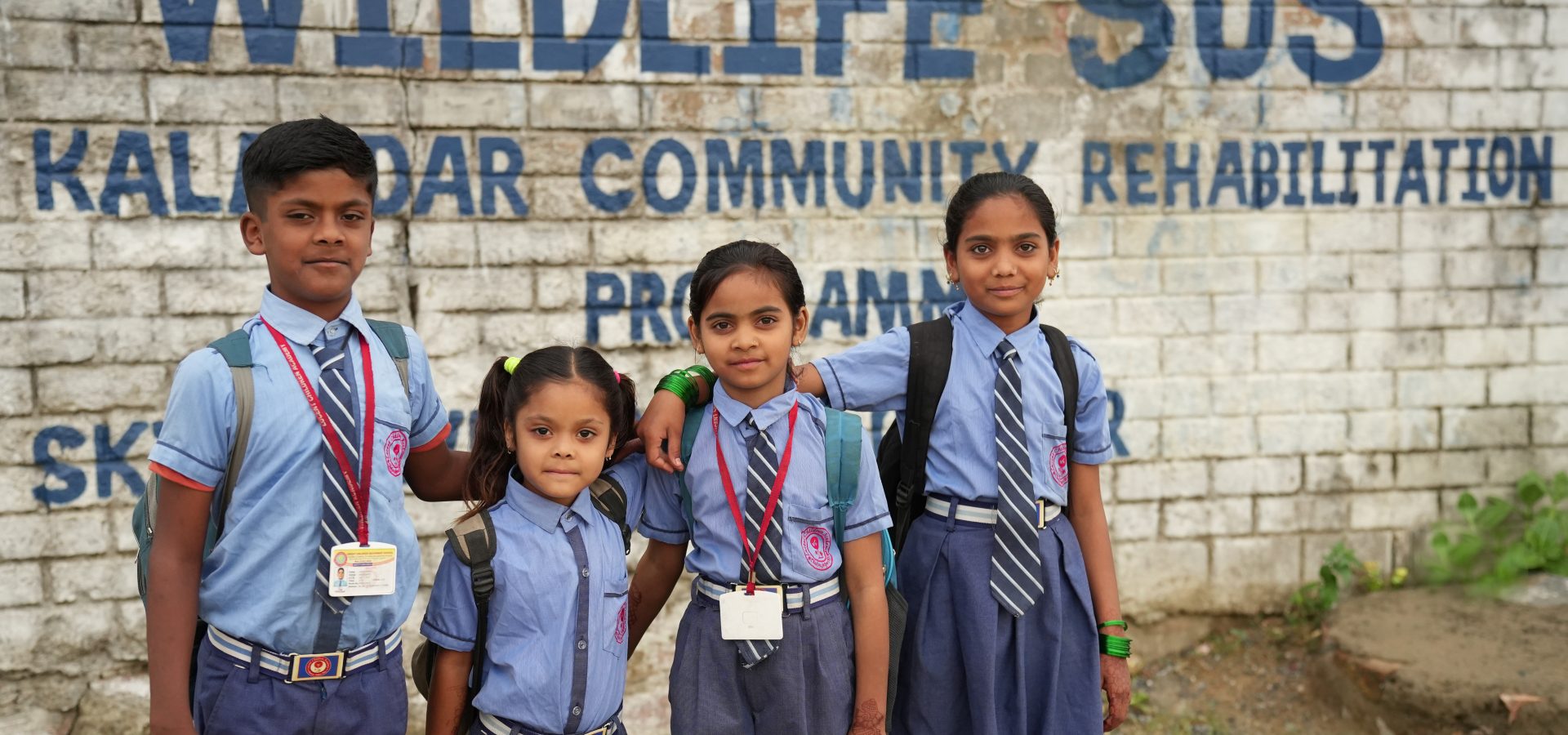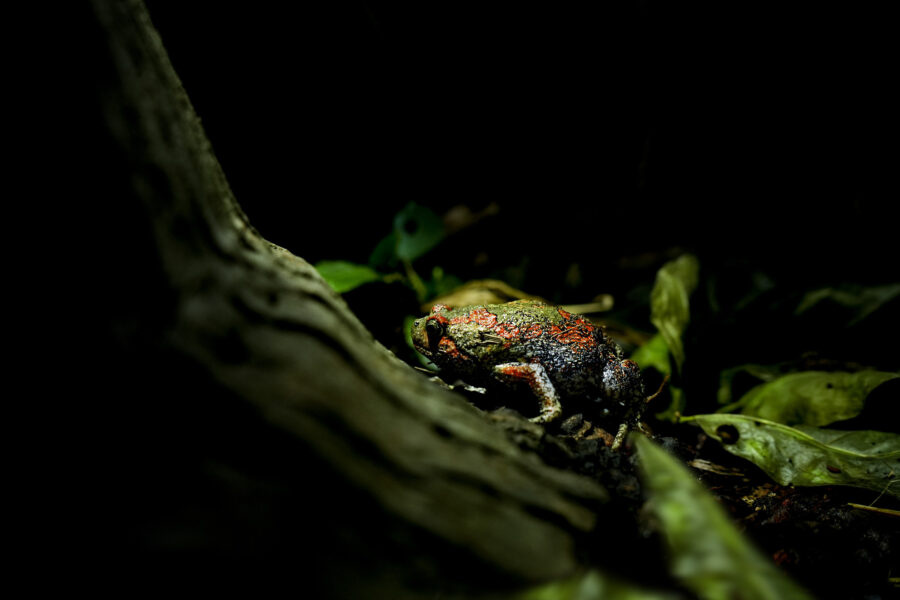For Kalandar children, the wide-eyed curiosity with which they turn each page of their school textbooks has a lot to do with the opportunities that their ancestors lacked. As their families shed the past practice of ‘dancing’ bears, these children can now dream of embracing a bright future.
Wildlife SOS’ Kalandar community rehabilitation project is a two-pronged approach to effectively support the people who relied solely on ‘dancing’ bears for their livelihood. Our efforts have led their children to now have access to education as they enroll in schools, while doors to alternative routes of income have been unlocked for their families.
The change in their present has ensured a safe and secure tomorrow for the younger ones. As the children mingle with their friends at school, study new lessons, engage in play and nurture their interests, their holistic growth as confident individuals stands guaranteed.
On this Children’s Day, let us commemorate how these brave and creative kids can now aspire to make a difference for themselves, and the world at large!
The Kalandars: Then and Now
Wildlife SOS strongly believes that to successfully uphold the idea of wildlife conservation, we have to account for both the human and non-human victims of our changing world.
Enter the Kalandar community. The people from this tribe have been involved in the brutal ‘dancing’ bear practice that dates back to the Mughal period, when both bears and their owners served as court entertainers for the royalty. With the decline of the empire and no other way to support themselves, the community took to the streets with their captured sloth bears to perform for common people.

Many were unaware till recent times that sloth bears involved in this exercise suffered brutality at the tug of a long rope that was passed through their pierced muzzle. Their pain resulted in movements that were interpreted as ‘dance’.
Whether it was the court or on the streets, not only did these bears suffer, but so did the Kalandars. With no other livelihood and in abject poverty, the community was battling hardships as well. As Wildlife SOS co-founders Kartick Satyanarayan and Geeta Seshamani delved deeper into their living conditions, it was evident that the freedom to sloth bears was inextricably intertwined with reforms for the people.
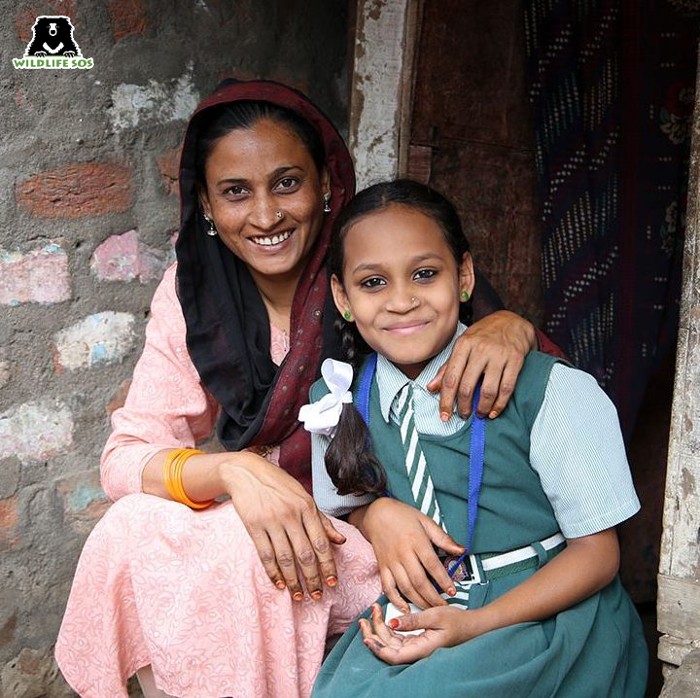
Our intention was to guide them towards pursuing a line of work that would conquer financial distress and stabilise their life. Long-standing efforts led to the community gaining trust in our sincere concern for their support and revival. Wildlife SOS organised training for men so that they could pursue new careers, and the women too were introduced to skills that would financially secure them. Most importantly, to secure the future of their community, financing the education of their young ones was a topmost requirement.
The impact of our endeavours began to show in the positive welfare of the community. As the surety of gaining income from other means began to rise for the families, the need to hunt for bears in the wild began to decline. Several Kalandar families came forward to hand over captive bears so that the animals could remain under our organisation’s care. One of the most overwhelming victories we can hold up high is that today, no Kalandar child under the age of 15 has ever seen a ‘dancing’ bear! And none of them consider this practice to be their future.
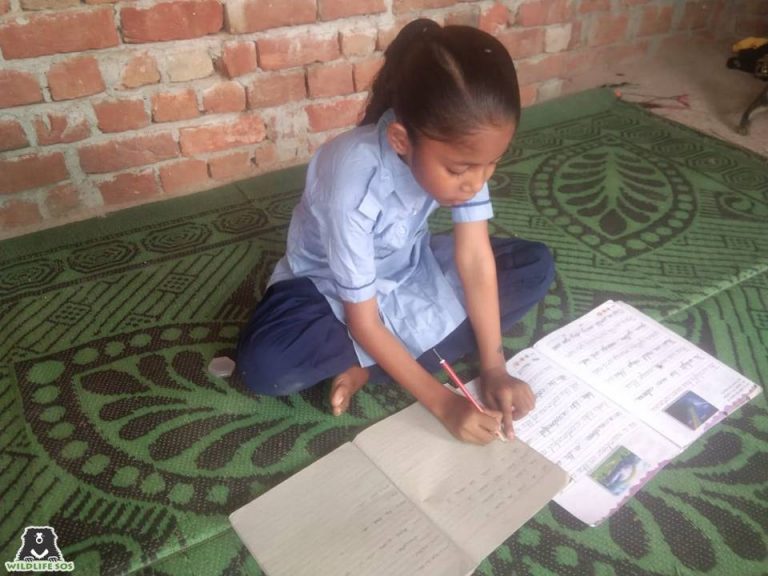
The Answer: Education
Kalandar children have aspirations that were earlier impossible for members of this community to even imagine. When asked what they wish to become when they grow up, several students say they would like to be teachers, many aim to become doctors, and a large number of them hope to run their own businesses. Historically held gender norms are also being challenged, as for the first time, women and girls are learning how to support their families financially.
One of our earliest success stories emerged from a young girl named Gulshana, who had spent the early years of her life performing tricks on the streets of Uttar Pradesh. School would have been a distant dream for Gulshana, till a light shone when her parents enrolled her into a nearby private school. The environment of education awakened aspirations in the bright and hardworking girl.
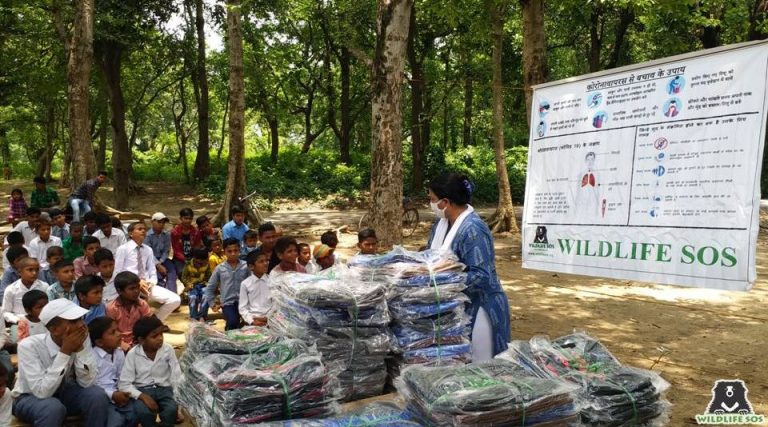
Gradually, several members of the community were drawn to educating their children, and this positive inclination was supported by our team. With vibrant personalities, classrooms of schools began to flourish! A boy named Irfaan Shah from Deoria loves to play cricket in school and watch cartoons at home. Eleven-year-old Sameer, also from Deoria, desires to join the Indian army. Faizan Khan from Chaksu in Rajasthan, is an ardent soccer player who is keen to become a police officer. Sabra, a 10-year-old talented young artist, can often be seen studying sincerely under the shade of a tree.
These happen to be just a few of the children who are fostering their ambitions with confidence. At the same time, they mindfully uphold their familial responsibilities by spending considerable time with their loved ones, helping out with household chores with equal gusto as with schoolwork.
Many of these children have witnessed what seemed to be an endless series of obstacles. One of them was Mahak, who lost her mother at an early age. Her disabled father was unable to provide the young girl with the education she deserved.
To support them, Wildlife SOS helped her gain admission into a school in Haryana. As Mahak was introduced to students her age, she was also head over heels for a new subject that greeted her: Mathematics! Mahak’s diligence helped her to emerge right at the top when she scored the highest marks in her school in fourth grade!
Another inspiring tale is that of Saleha, a young Kalandar girl who broke free from the constraints of society in order to pursue her studies. Her ambitions were evidence of the winds of change that Wildlife SOS was working hard to usher in. With the help of the organisation, Saleha was able to follow her goals and earn a degree in pharmacy, an accomplishment that further inspired women in her community to think big.
A Hopeful Future
Wildlife SOS has opened alternate pathways for people who have relied on animals for their own sustenance. Despite the fact that many Kalandar youngsters now have access to education thanks to their enrollment in schools, they encounter obstacles in their pursuit of further education.
The Kalandars have had to overcome numerous obstacles to survive, including discrimination, poverty, and limited access to education. With a steadfast commitment to supporting the community in good times and bad, Wildlife SOS’s Kalandar Rehabilitation Programme keeps growing and helping those in need. Even though the pandemic has presented our organisation with its hardest challenge to date—particularly in light of the closing of schools and the financial difficulties faced by the impoverished families—the programme is still going strong.
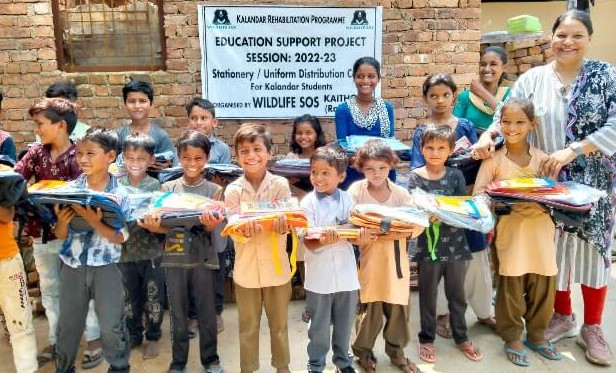
Wildlife SOS holds yearly education camps where students receive all they need to continue their studies in order to fill this gap. In order to guarantee that the kids obtain an appropriate education, these camps equip schools with backpacks, notebooks, textbooks, stationery boxes, and uniforms through camps that were established in every town. The kids were ecstatic to get all the supplies they required to start the new school year off right.
The fact that over 3,000 families across four states are receiving Wildlife SOS benefits and over 6,500 children are enrolled in school as a result of our educational programme is evidence of its success! You too can shine the light for young minds and support their education by sponsoring a Kalandar child!

